Top Ten Historical Vietnam War Sites you can visit
While we in the team that run this site have spent years discovering this beautiful country and countless of hours doing research on the war and those who fought it, we hope that we have created a top 10 list of Vietnam War Sites you can visit that will appeal not only to history buffs but travelers seeking to discover the country and its history.
Being passionate about history also means we want as many as possible to learn more about it and discover where and how the war was really fought.
Some say that the Vietnam War was not one war, but actually a thousand different wars fought in a thousand different places. Veterans’ stories will vary depending on where they were, which unit they were in and when they were there, so it’s hard to pick a definitive list of must-see sites.
For our list we have selected some of the most relevant places that we think represents a good variety of locations and periods in the war that will ultimately help the visitor understand how diverse and complex it was.
So in alphabetical order they are:
Ap Bac Battlefield
The battle at Ap Bac took place early in the conflict and was fought mainly between the Viet Cong and the Saigon Army (ARVN). More than anything, the battle can be described as the Viet Cong outsmarting the RVN forces and achieving a significant win.
By the battlefield there is an outdoor museum with some old vehicles and aircraft as well as a large monument. Spending some time there and the adjacent battlefield on the rice paddies will give you a good idea of how the battle was fought. The site is only a few kilometers off the main road between My Tho and Can Tho, there is a large gate marking where the turn off is. Read more about visiting Ap Bac Battlefield here>>>
Ashau Valley with Hamburger Hill
The Ashau Valley, stretching some 45 kilometers along the Laotian border west of Hue, is today well traveled by both tourists and locals. For the many people visiting Khe Sanh Combat Base along the DMZ tours, this is a small detour on the way back to Hue and a visit here will give a deeper understanding of how the war was fought.
More or less the whole valley was a battlefield at some point in time. It was a very important logistics lifeline for the North Vietnamese Army as they made their way towards the coastal lowlands including Hue and Da Nang.
Of course the battle of Hamburger Hill also took place here. If you want to visit, then take some time to read more on this website about some of the most significant places of interest to visit in the valley. Click here>>>
Ben Het Special Forces Camp
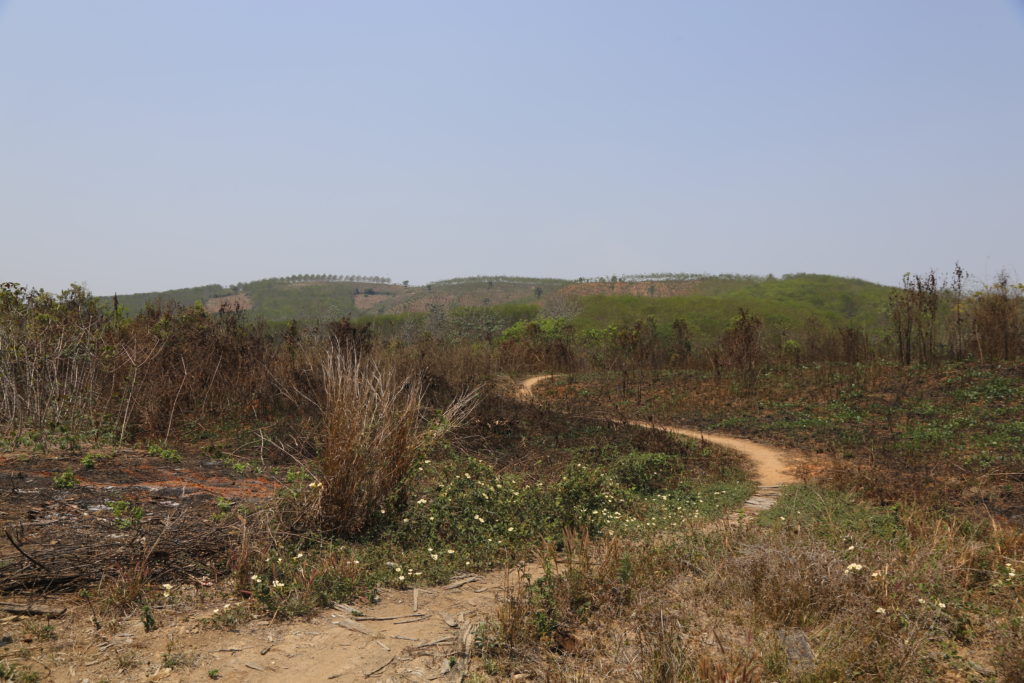
Located just off the main Ho Chi Minh Highway that stretches through the Central Highlands. Ben Het Special Forces Base makes a great visit for the traveler who wants to see the sites of some of the most intense battles fought during the war as well as getting the first hand understanding of how remote these bases were.
Take a walk down the old runway or hike up on the hills where the camp was located. Just make sure to stay on the trails to avoid any unexploded ordnance. Read more on Ben Het Special Forces Camp here>>>
Cu Chi Tunnels
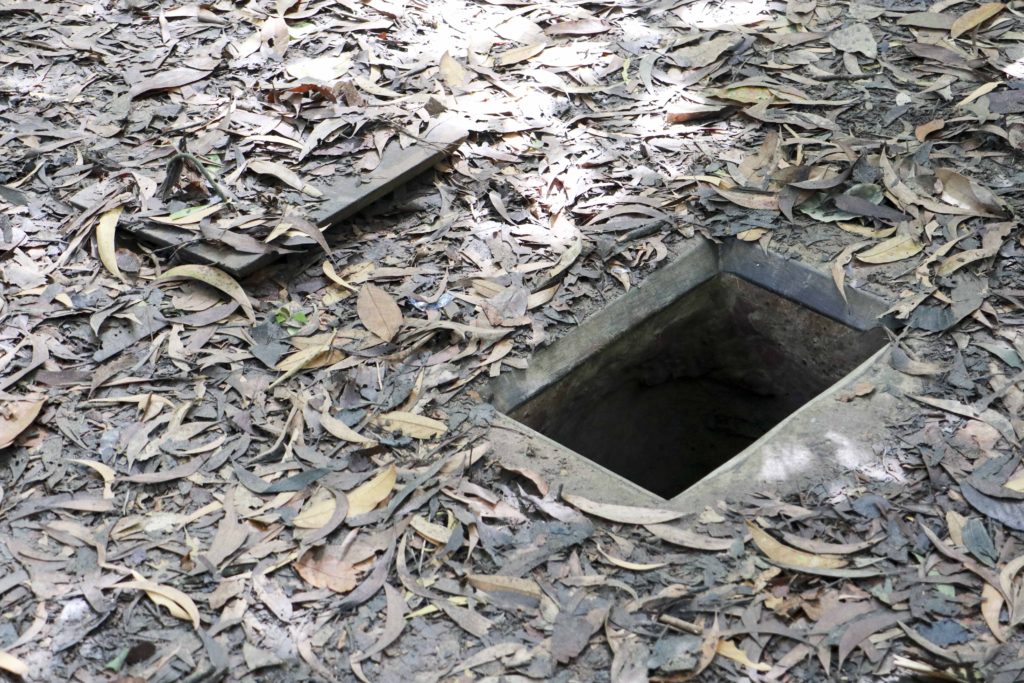
Yes, we do recommend a visit to the Cu Chi Tunnels. Visiting the tunnels will give a first hand understanding of how the Viet Cong soldiers lived sometimes for months under ground. It’s not only the site itself, while going to and from the tunnels, make sure to look out the window of the car or bus you are traveling with. The landscape has changed over the years but the general flat terrain is the same giving you an idea of what the infantry soldiers faced. Driving to Cu Chi Tunnels you will also pass several large or medium former bases on the way, Cu Chi being the largest.
In between, and sometimes on, those bases, the war was fought intensely. Places like the Ho Bo Woods and the Iron Triangle are within kilometers. You will also come to realize how close this huge tunnel complex was to Saigon and how relatively easy V.C. infiltrators could enter the town itself. Read more on Cu Chi Tunnels here>>>
DMZ – Quang Tri province
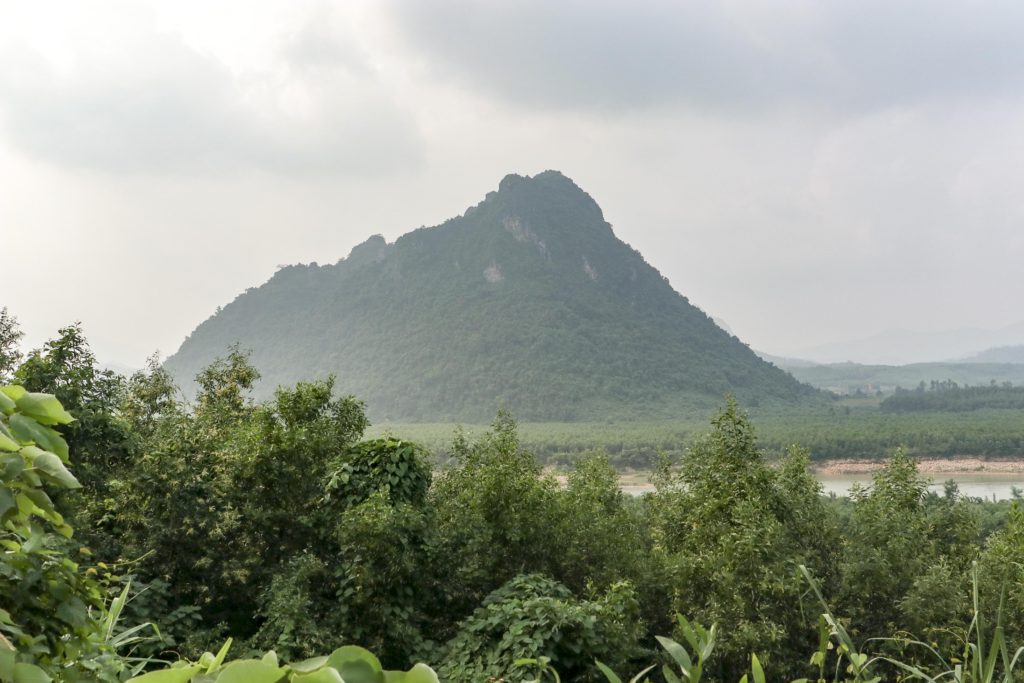
The Demilitarized Zone (DMZ) was the area north and south of the 17th parallel which divided North and South Vietnam. The DMZ is today a very popular destination for all kinds of tourists coming to Vietnam — and for good reasons. During the war years some of the most intense fighting took place here. Along Route 9, the main road on the southern side of the DMZ there were several military bases, a few of them still offering the visitors an idea of what it was like then.
A tour here is probably the most popular activity together with the Cu Chi tunnels for tourists who wants to visit a war site. Read more about the DMZ here>>>
Hue Citadel
Hue City has over the years become one of the most visited tourist sites in Vietnam, especially along the central coast. Some of the country’s most compelling and significant historical events has taken place here over the last few centuries and then during the war, this beautiful ancient city was the site of one of the fiercest battles of the war.
As the NVA and VC launched the 1968 Tet offensive, one of their main focuses was Hue as they sent thousands of their men to take over the city. It took weeks of door to door fighting by the U.S. Marines and ARVN forces to push them out.
Unfortunately most of the old citadel was destroyed during the battle but there is still much to see and discover in this historical town. Read more about Hue City and the Citadel here>>>
Khe Sanh Combat Base
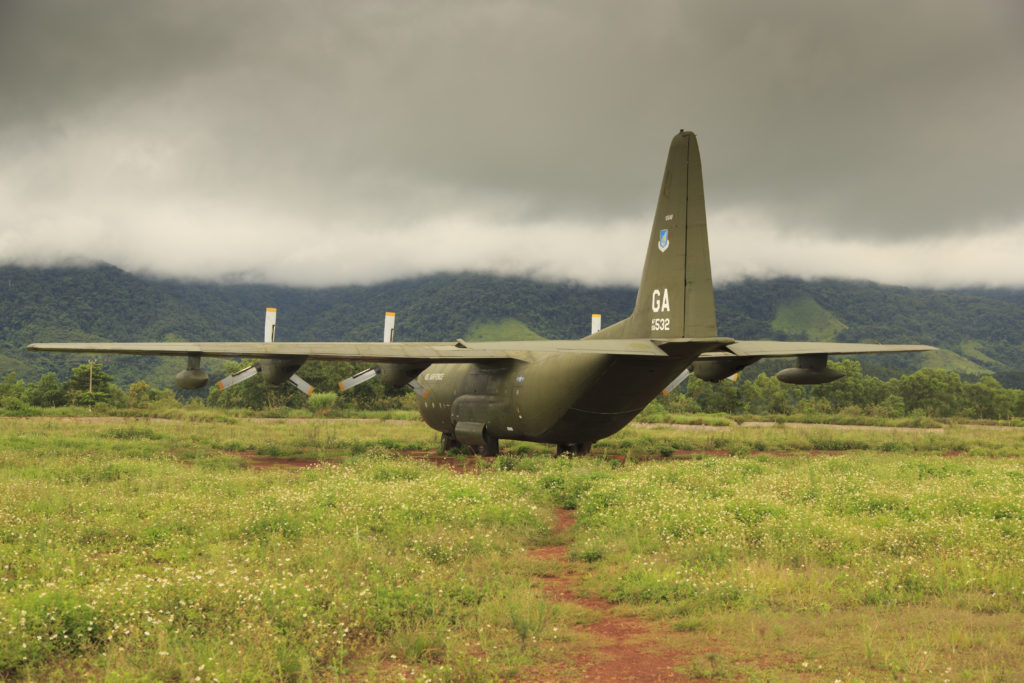
Starting out as a small Special Forces Camp, Khe Sanh was later turned over to the U.S. Marines and became the scene of one of the most significant battles during the war as the North Vietnamese army laid siege to the camp during the 1968 Tet-offensive. The siege lasted 77 days and was reported in the news all over the world. It also served as one of the major launch points during the 1971 Lam Son 719 offensive in to Laos.
Apart from its historical significance, the base also has a very interesting museum on the site as well as several vehicles and aircraft on display. Read more about visiting the Khe Sanh Combat Base here>>>
Lai Khe Base Camp
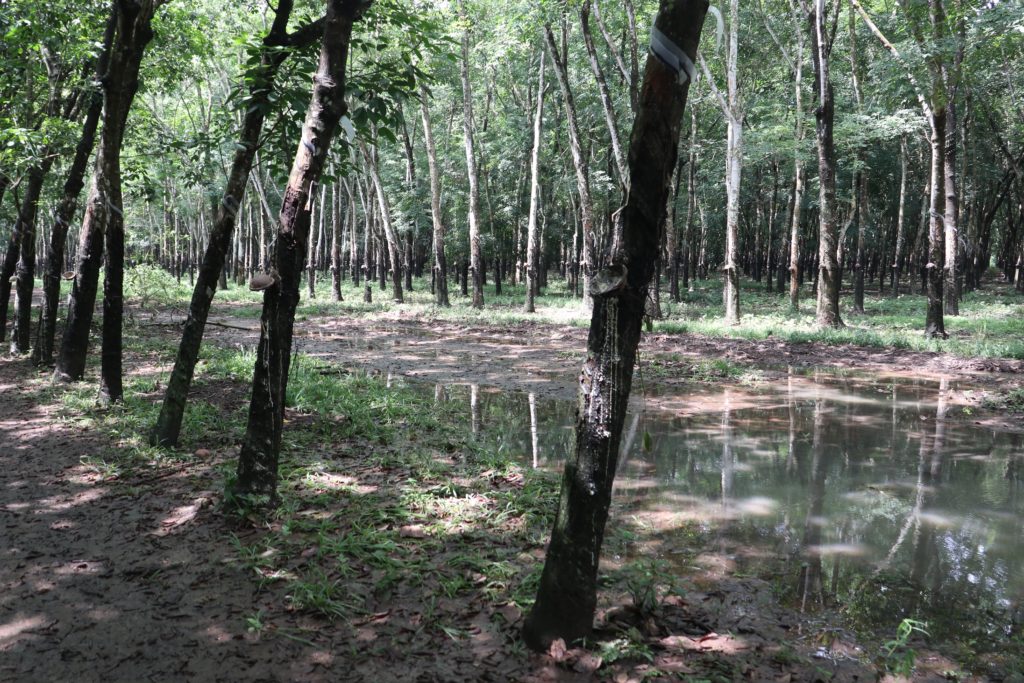
Saigon
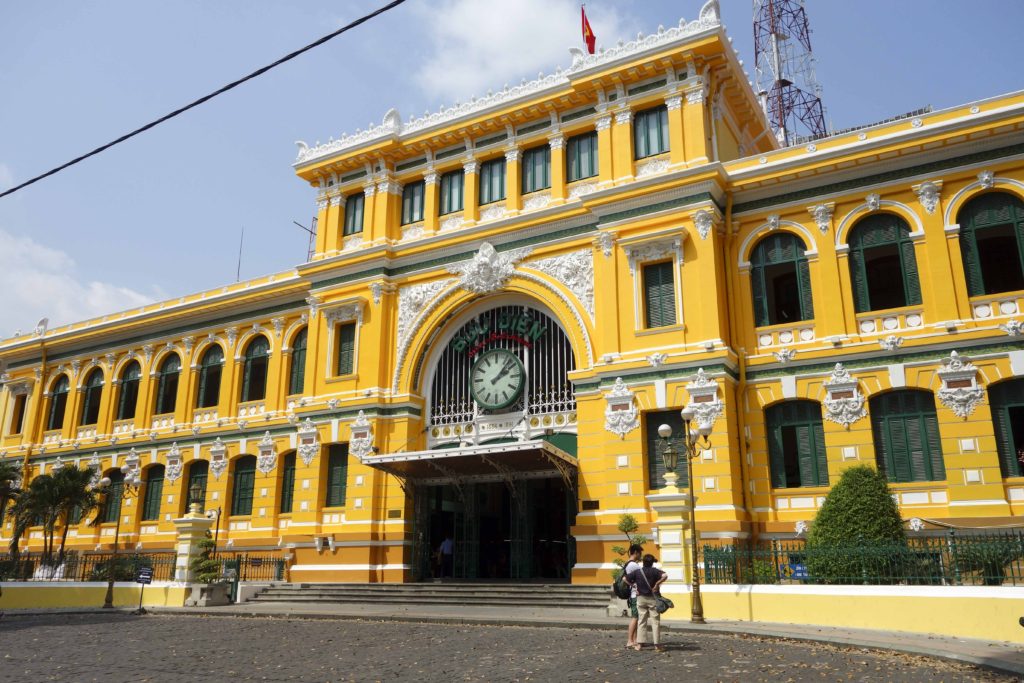
Once known as Prey Nokor, then Saigon and now Ho Chi Minh City, the former capital of South Vietnam is a must for any tourist coming to Vietnam. In terms of historical war sites it will leave few disappointed.
Not only are there many places of historical interest but just walking around the old downtown areas can give visitors a chance to soak up the atmosphere and get an idea what this bustling metropolis was like 50 years ago.
We do recommend a visit to the War Remnants Museum and other sites that we mention in our Saigon article on this website, read more here>>>
Vinh Long Army Airfield
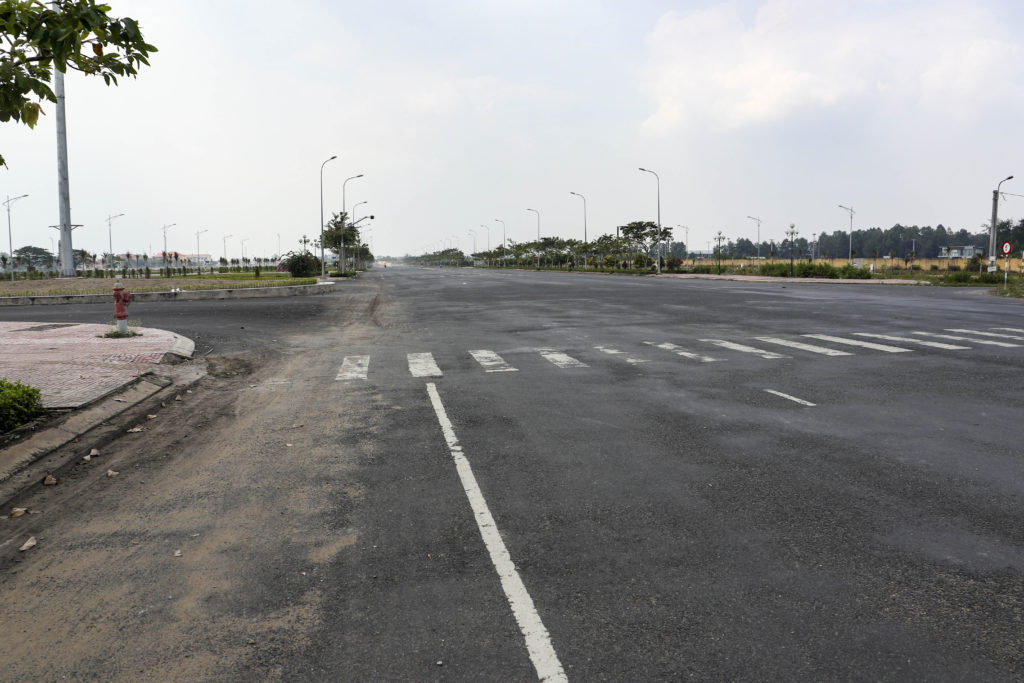
A major part of the Vietnam War was the fighting in the Mekong Delta, both on the rivers and canals and the flat often swampy land. Vinh Long Army Airfield was one of the larger bases along the Mekong River, where thousands of troops were stationed. In the small town there was also a dock for the so-called Brown Water Navy
This is the best place to get an understanding of what the delta bases looked like. Although nothing is really left of the base, one can drive on the runway and the taxi ways as well as the old base area. Vinh Long Army Airfield was very typical for the American presence in the delta. Other bases were located in Soc Trang, Dong Tam and Can Tho.
We recommend a stay over in this often overlooked town. Combining an early morning boat tour on the Mekong with a visit to the old base makes for a very nice and interesting day. Read more about visiting Vinh Long Army Airfield here>>>
JT
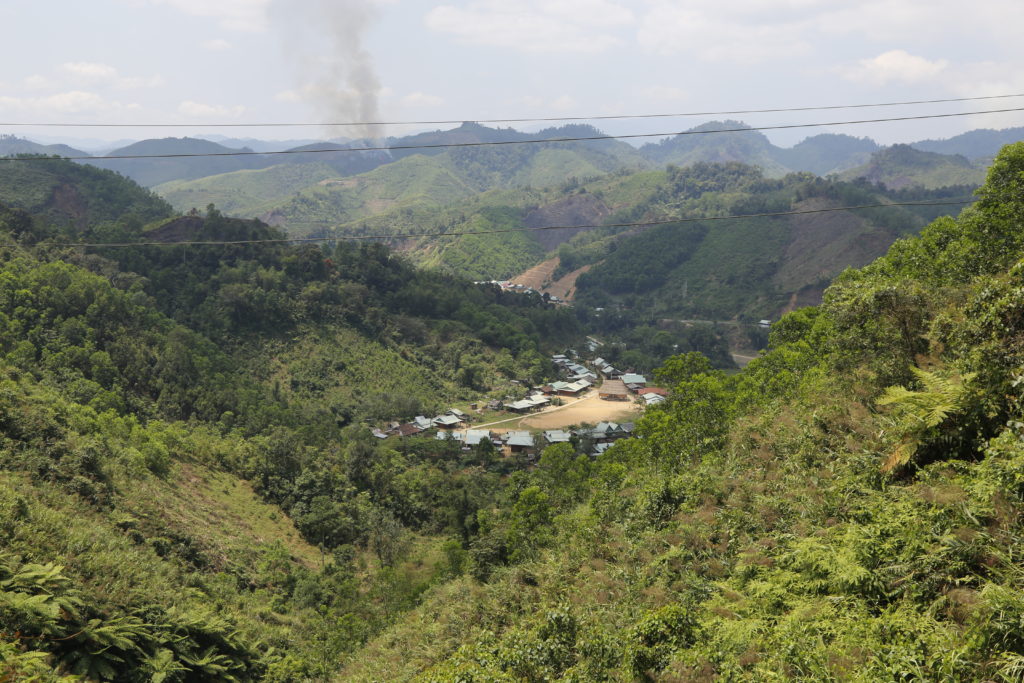
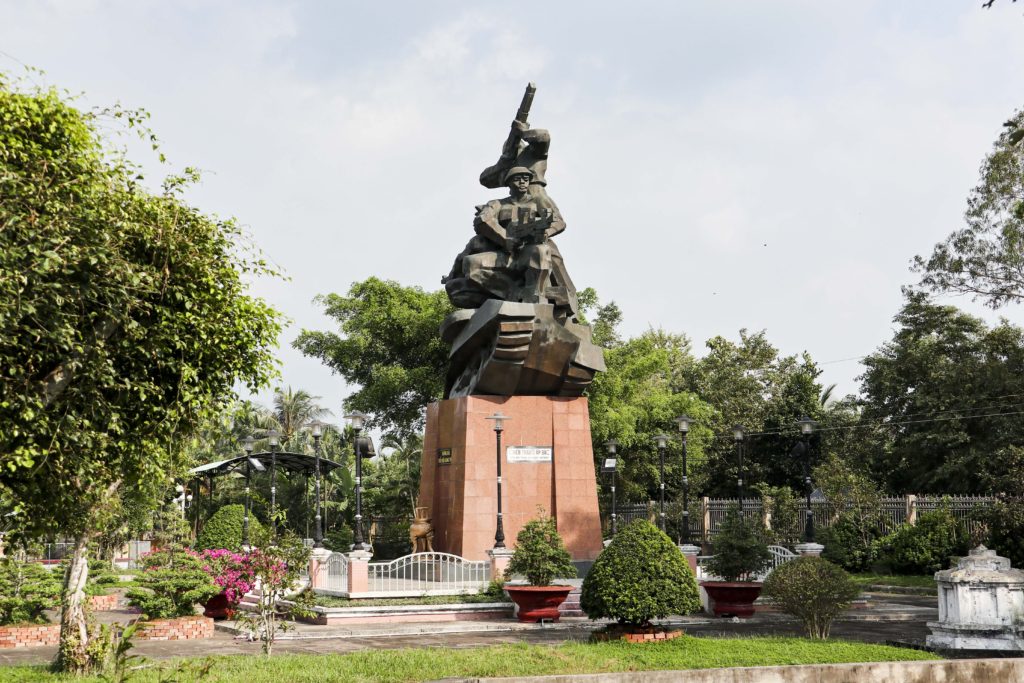
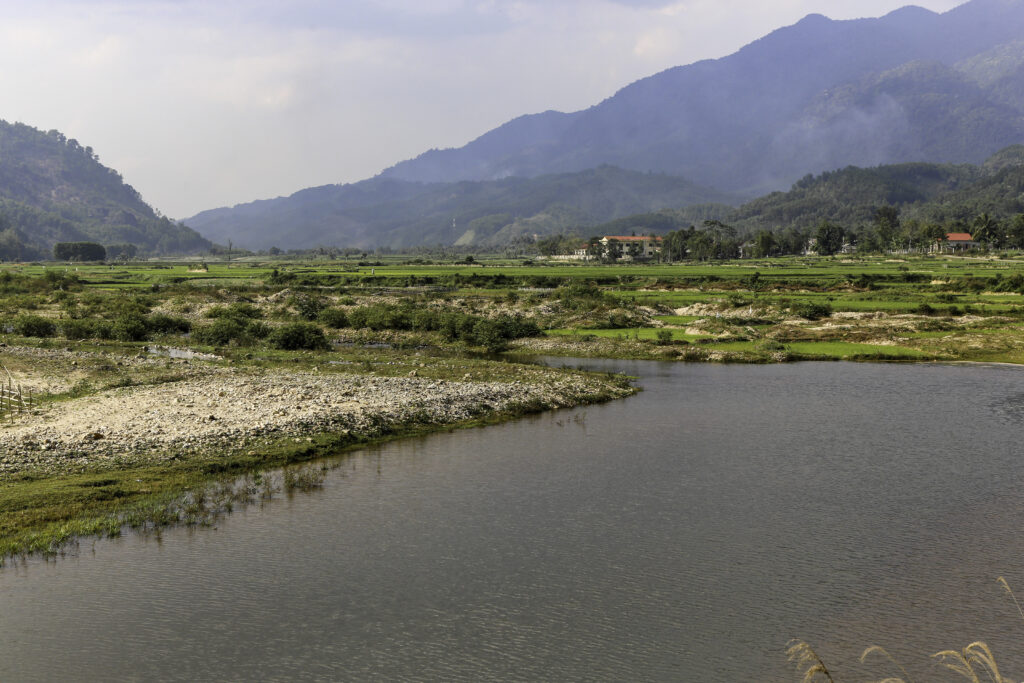
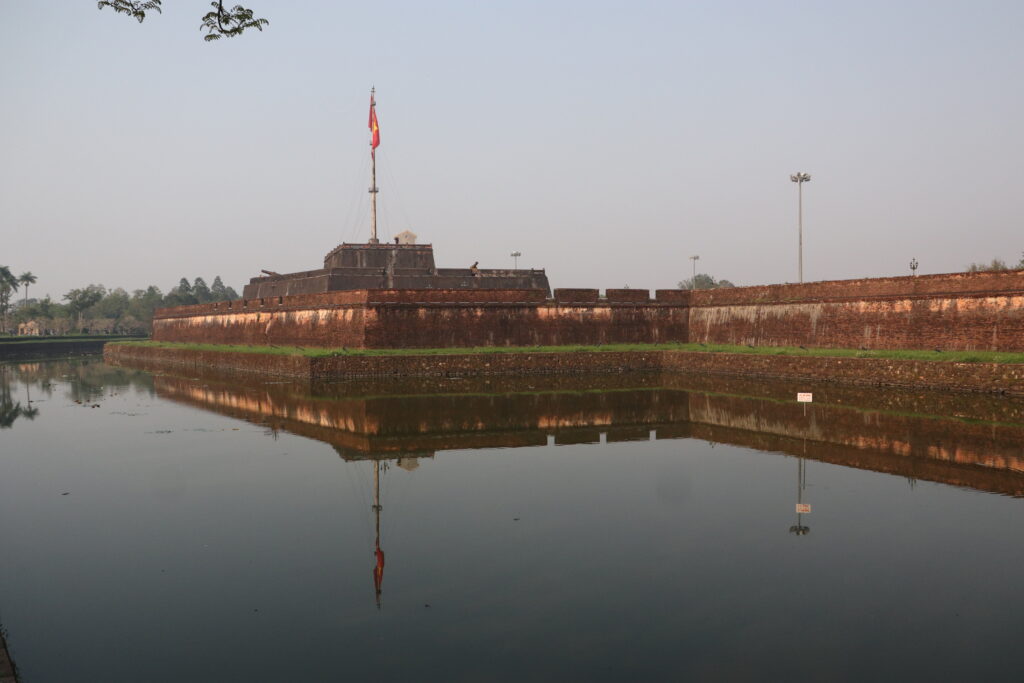
MY BROTHERS NAME EDDIE WAYNE GRAHAM. HE DID COME HOME ALIVE. I WAS VERY YOUNG WHEN HE LEFT AND MY MOTHER REALLY DIDNT TALK ABOUT THE WAR BECAUSE IT UPSET HER SO MUCH THAT HE WAS THERE. I KNEW VERY LITTLE ABOUT IT. IT JUST WASNT TALKED ABOUT. I REMEMBER I WOULD JUST ASK MOM, IS ED OK? HAVE YOU HEARD ANYTHING? I WOULD JUST GET A LIMITED REPLY. MY FAMILY HAS NOW PASSED ON SO IM TRYING TO LEARN WHAT I CAN. THANK YOU. SINCERELY, BEVERLEEUSTICE@GMAIL,COM
I had served most of my tour at An Hoa as a Forward Observer with 2nd Bn., 5th Marines. In 1968 we moved our base of operations to Phu Bai on January 16th. I was short with only 34 days before I left for the World. On 31 January TET broke out and I ended up in Hue City with Hotel 2/5. I would leave Hue on 13 February after getting hit for my third time in Country. On 22 January I left DaNang for home.
I wish someone would visit sites like Dak To and LZ Hereford.
Hi. Thank you for your comment. We have an article on Dak To. Hereford is definitely on our list, but it might be a difficult location to reach.
I convoyed to Dong Tam several times in our near year based at Long Binh ’68-’69. Scary place. I wrote a book about the tour: “Vietnam Convoy Trucker.” Vets who served in Vietnam may find it interesting, 201 pages with 90 photos written by this enlisted truck driver. Contact me for more info. Thanks brothers.
God Bless you sir, thank you for your service and welcome home.
Bill, thank you for serving our country over there, and for coming home alive. I was drafted in ’65 but the refused me on medical grounds. Both my feet were operated on at 5 years old or I would have been there in ’65. Bless you.
Lew Russo
I graduated high school in 63 and was on my way to USMC Boot Camp in San Diego then onto Vietnam. Sometimes I wonder what it’s like there now. But I don’t want to go and relive those memories. My time there was no vacation. Seeing the picture of that tunnel brings back horrible memories. But I’m glad the people there welcome Americans with open arms. But those history sites posted are nothing but horror sites.
God bless you sir, thank you for your service in Vietnam and welcome home.
I have a question? How do i get a message to a brother on the LaiKhe area. I found 7 members that may know a brother from times past in LaiKhe.
Hi Len. There are a number of Facebook groups where veterans are discussing the war. One is the Vietnam Veterans Photo Club with 80 000 members and then there is a Facebook group called Vietnam War Buddy Finder or something. Perhaps try there.
You can also write a comment on the Lai Khe page here on this website, perhaps one of the guys will see it.